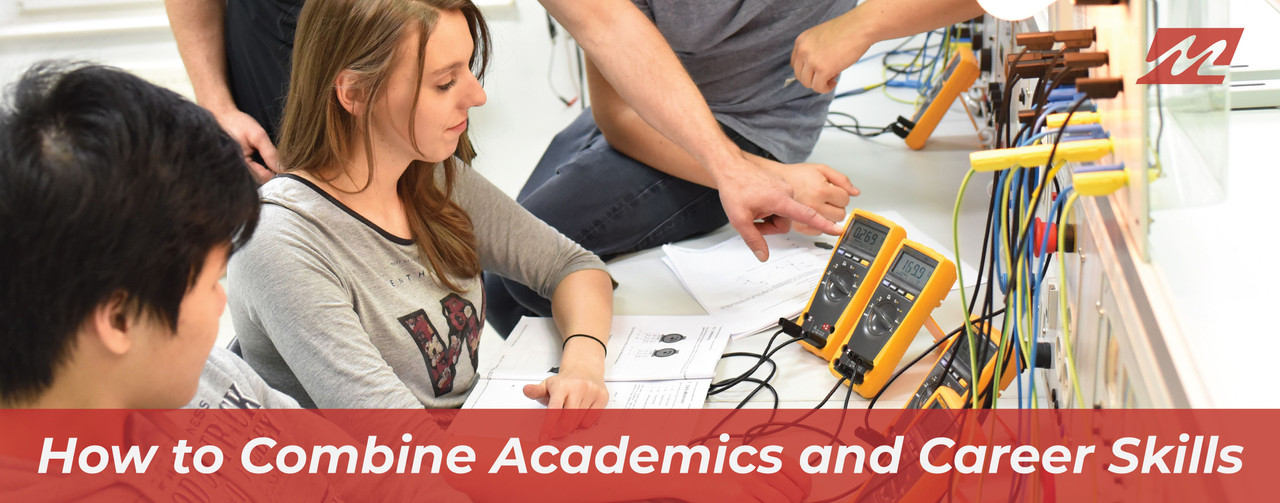A successful education system should include both academic and career-pathway curriculum to ensure that students are prepared for their chosen futures. By understanding how to effectively combine these two curriculums, educators can create a comprehensive program that not only provides students with the academic knowledge they need for higher education, but also the career skills they need to enter the workforce.
Benefits of Combining Academic and Career-Pathway Curriculum
To be engaged in the classroom, students need to feel that their education is important and see how it will benefit their future career. Students should feel that they have the opportunity to pursue their interests and learn how to make a successful career from them. When you combine academic and career-pathway courses, you achieve two important goals:
- Provide students with a sense of direction and purpose in their education and future career pursuits, through experiential learning opportunities that connect academic coursework to career pathways.
- Guide students to discover their own talents and interests, and encourage them to make educated choices about what they pursue for a future career.
Effective learning is achieved when there are opportunities for students to engage in real world experiences, which can be difficult when you focus solely on content. By combining academic and career-pathway courses, students get both content knowledge and practical experience.
Strategies for Effectively Combining Academic and Career-Pathway Curriculum
To effectively combine academic and career-pathway curriculum, it’s important to establish a plan of instruction that will ensure students’ success. Reach out to local business and postsecondary leaders for help with getting resistant teachers and administrators on-board. They can show how these deeper learning experiences are better able to prepare students for the current job market.
In addition, it is important for teachers to provide higher-level cognitive assignments in both content areas.This work should emphasize critical thinking and problem solving as well as technical skills. Start by redesigning existing assignments to better reflect the type of work employers are expecting and train new teachers to design these types of assignments.
Challenges When Combining Academic and Career-Pathway Curriculum
Initial resistance with any curriculum change is to be expected. Teachers and school leaders can help increase understanding and respect for CTE through a variety of techniques and activities. Students who engage in rigorous and relevant assignments are more likely to pursue postsecondary education, and parents begin to recognize the value in preparing their children for careers and postsecondary education.
Instead of working in silos, CTE and academic teachers can collaborate more frequently on student projects. CTE and academic teachers can work together to ensure they both understand what’s involved, the academic standards that will be used, and how they can help students connect the content and skills in each course.
Better Outcomes for Students
Combining academic and career-pathway curriculum is an effective way to provide students with a comprehensive education. Educators must be sure to create a balanced plan of instruction, as well as use techniques and activities to help students understand the connection between the two curriculums. By following these strategies, schools can ensure that their students are leaving with the skills and knowledge necessary to enter into the working world with success.

